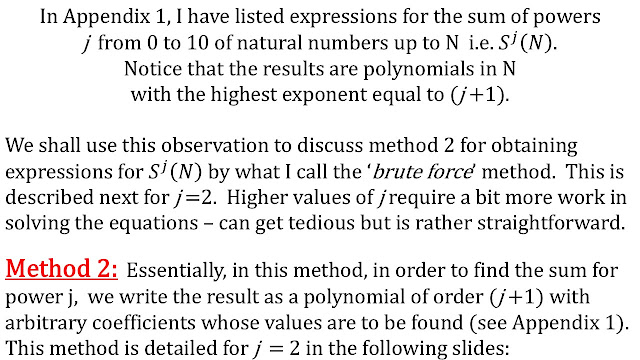Marie Curie's life holds a particular fascination for me - it signifies a life full of struggle and deep commitment to achieving excellence amidst adversity. Six Nobel Prizes have been shared within the Curie Family, with Marie Curie being the first and only woman who was awarded two Nobel Prizes in different subjects. Marie Curie's life is a poignant example of how women were actively and openly discriminated in prevailing male-dominated environment of the early 20th century.
In such situations, it is natural to ask who her other family members were, what were their achievements and who her descendants are. At home in France, because she was a woman, Marie Curie was denied obvious honours like membership of the French Science Academy. Despite the many roadblocks, Marie Curie not only excelled as a scientist but also won the affection and admiration of the public and the politicians throughout the world.
In the following, I shall provide Marie Curie's family tree spanning six generations. I refer you to my blogs (1, 2) for a detailed discussion of Curie family's scientific achievements.
For a concise version of Curie Family Tree, please click here.
The organisation of the family tree starts with the central characters (Marie Curie and her immediate family - parents and children). The following slides then explore the relatives in more detail. I feel this makes it easier to see the generations without overcrowding. I acknowledge help from several published accounts of the Curies with a lot of help from the Wiki - these may be reached here (1, 2, 3, 4, 5).
In the following six slides, each generation is highlighted by a different colour.
Please click on a slide to see its full page image. Press Escape key to return to the blog.
A word about the organisation of the slides.
Slide 1 shows the central characters - Marie and Pierre Curie and their two daughters & their husbands. The two generations won all six Nobel Prizes - more than any other family in history.
Slide 2 shows Marie Curie's family - her siblings, parents and grandparents. It is worth mentioning that her sister Dr Bronislawa Dluska was working in Paris and encouraged Marie to come to Paris for studies and provided financial support too to make it possible.
Slide 3 likewise shows Pierre Curie's family - his brother, parent and grandparents. Pierre and Jacques worked very closely together and did pioneering work in piezoelectricity and magnetic properties of materials.
Slide 4 deals with Eve Curie's husband's family. Eve Curie had a remarkable career as a diplomat, journalist and author. She also wrote the first biography of Marie Curie.
Slide 5 describes Irene and Frederic Joliot Curie's children Helen & Pierre Joliot, and grandchildren. Family tree of Helen Joliot's husband (Michel Langevin) is included because of the historic interest in Marie Curie and Paul Langevin around 1910.
Slide 6 shows Frederic Joliot's family tree with his parent and grandparents researched.




















































